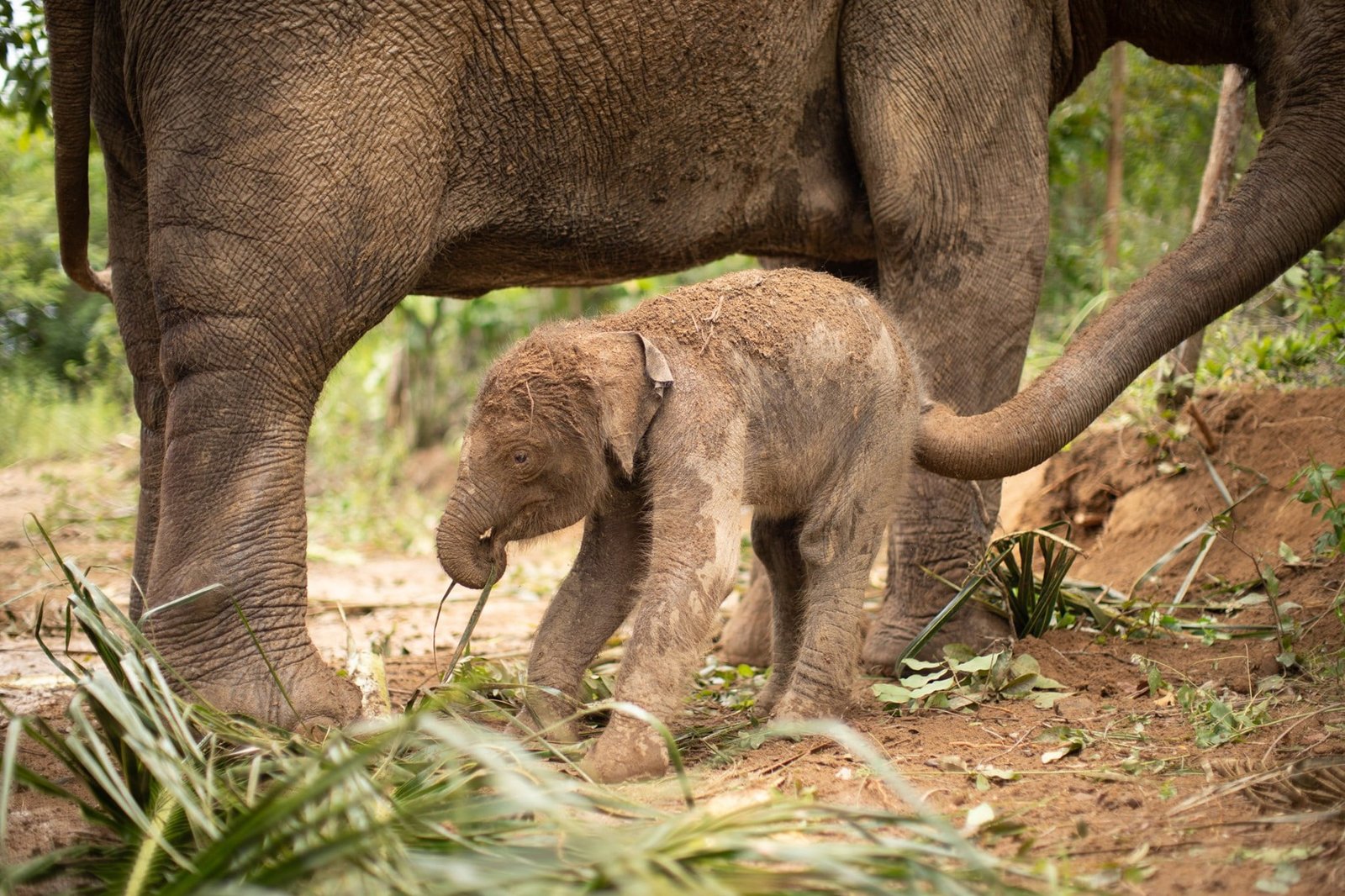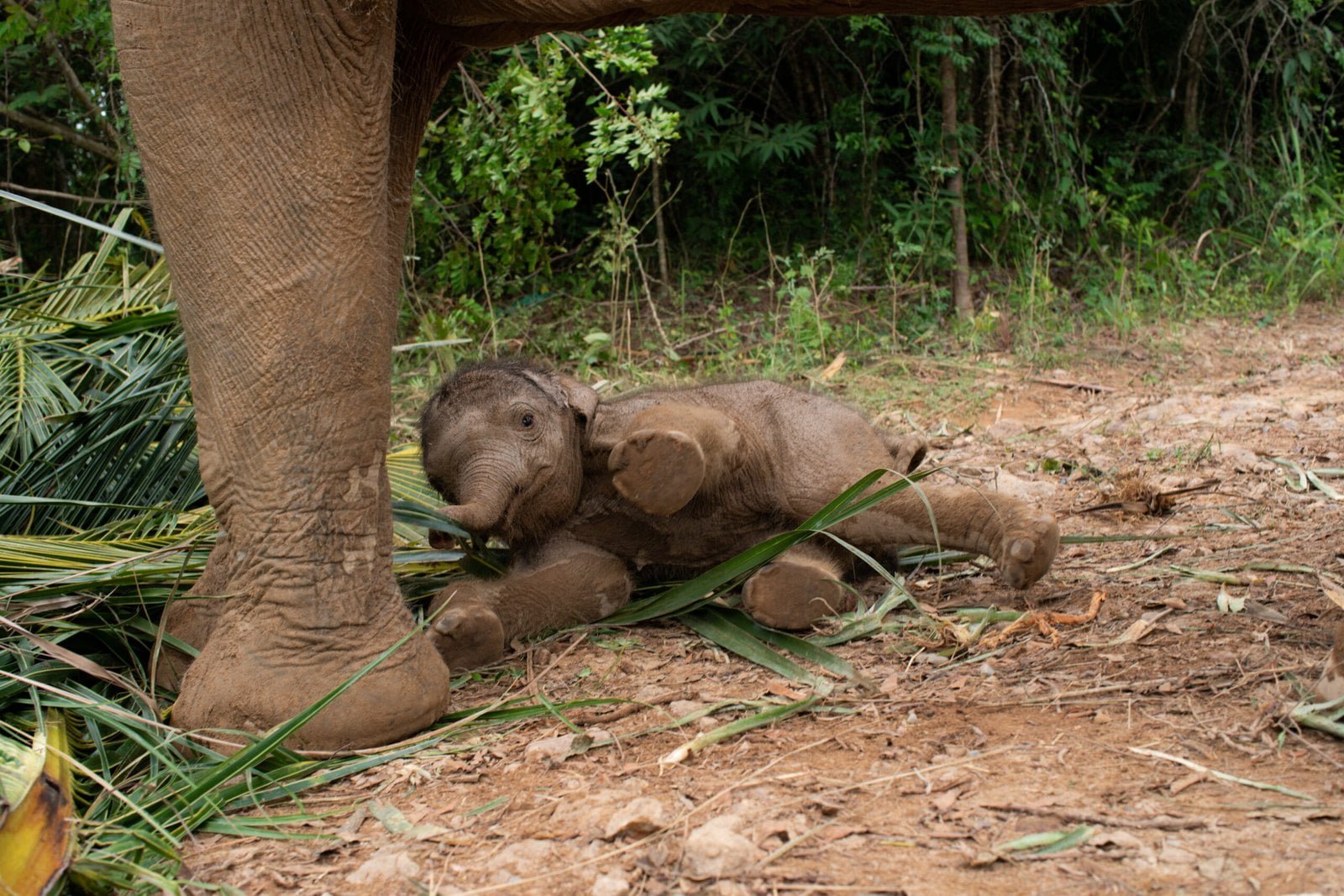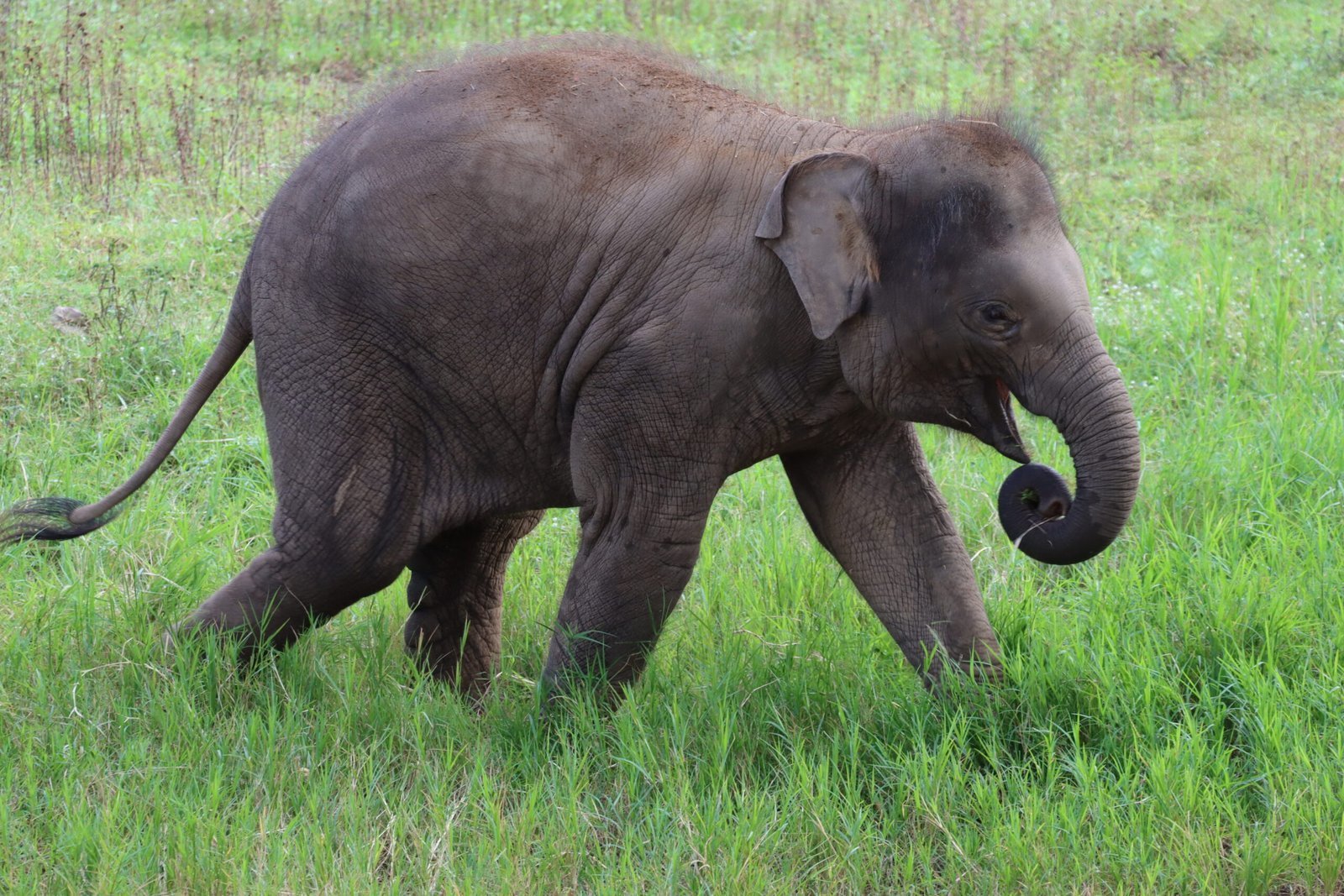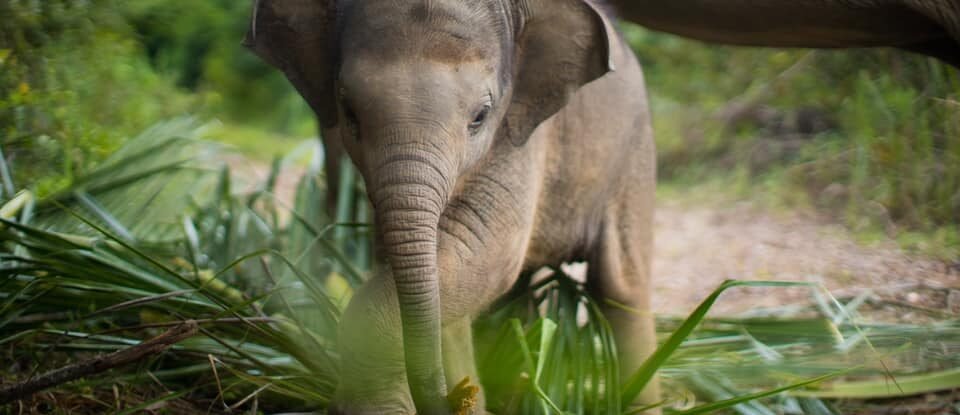It’s hard to believe, that as of this week, it’s already been a year since we lost our precious baby elephant, Luna, to Elephant Endotheliotropic Herpesviruses (EEHVs).
Luna was more than just an elephant to us; she was a beacon of joy and a symbol of hope. Her playful spirit and gentle nature brought immense joy to everyone at the sanctuary. She had a curious way about her, always eager to investigate new scents and sounds. Her interactions with the other elephants were heartwarming to watch. Luna’s presence was a constant reminder of the beauty and innocence of life.
The pain of her absence still lingers in our hearts, and not a day goes by without us thinking of her. Luna’s playful spirit and gentle nature brought immense joy to everyone at the sanctuary. Her loss has left a void that can never be filled.

You might be wondering, what exactly is EEHV? Well, it’s a group of viruses that pose a significant threat to young elephants, both in the wild and in captivity. These viruses can cause severe hemorrhagic disease, leading to sudden and often fatal outcomes. Despite ongoing research, the exact mechanisms of how EEHVs cause disease are still not fully understood. What we do know is that early detection and prompt treatment are crucial in managing this deadly virus.
The symptoms of EEHV can be sudden and severe. They often include lethargy, reduced appetite, and swelling of the head and trunk. In more advanced stages, elephants may exhibit signs of internal bleeding, such as blood in the trunk, mouth, or stool. The rapid progression of these symptoms makes it imperative to act quickly once they are observed.

EEHVs are believed to be transmitted through direct contact between elephants, although the exact modes of transmission are still being studied. The virus can lie dormant in an elephant’s body and become active under certain stress conditions, making it challenging to predict and prevent outbreaks. This unpredictability adds to the complexity of managing the disease within elephant populations.
Preventing EEHV is a significant challenge due to the virus’s elusive nature. However, there are several strategies that sanctuaries and zoos can implement to reduce the risk. These include maintaining a stress-free environment for the elephants, ensuring proper nutrition, and conducting regular health check-ups. Additionally, isolating new or sick elephants can help prevent the spread of the virus within a herd.

Currently, there is no cure for EEHV, but early intervention can improve the chances of survival. Treatment typically involves antiviral medications, supportive care, and intensive monitoring. Fluid therapy and blood transfusions may also be necessary to manage the symptoms and support the elephant’s recovery. The key to successful treatment lies in early detection and prompt medical intervention.
Research on EEHV is ongoing, with scientists and veterinarians working tirelessly to understand the virus better and develop effective treatments. Studies are focused on identifying the genetic markers of the virus, understanding its transmission pathways, and developing vaccines. Collaborative efforts between wildlife organizations, zoos, and research institutions are crucial in advancing our knowledge and finding solutions to combat this deadly virus.

The impact of EEHV on elephant populations is profound. Young elephants, like Luna, are particularly vulnerable to the virus, and their loss has significant implications for the conservation of the species. The emotional toll on caretakers and the broader community is also immense, as each elephant is a cherished member of the sanctuary family. The loss of Luna has strengthened our resolve to fight against EEHVs and to support research efforts aimed at finding a cure.
As we remember our beautiful Luna, we also want to raise awareness about EEHVs and the impact they have on elephant populations. By sharing her story, we hope to honor her memory and contribute to the global effort to save others of her kind from this deadly virus.
Luna’s legacy lives on in our hearts and in our unwavering commitment to the well-being of all elephants.




Post a Comment